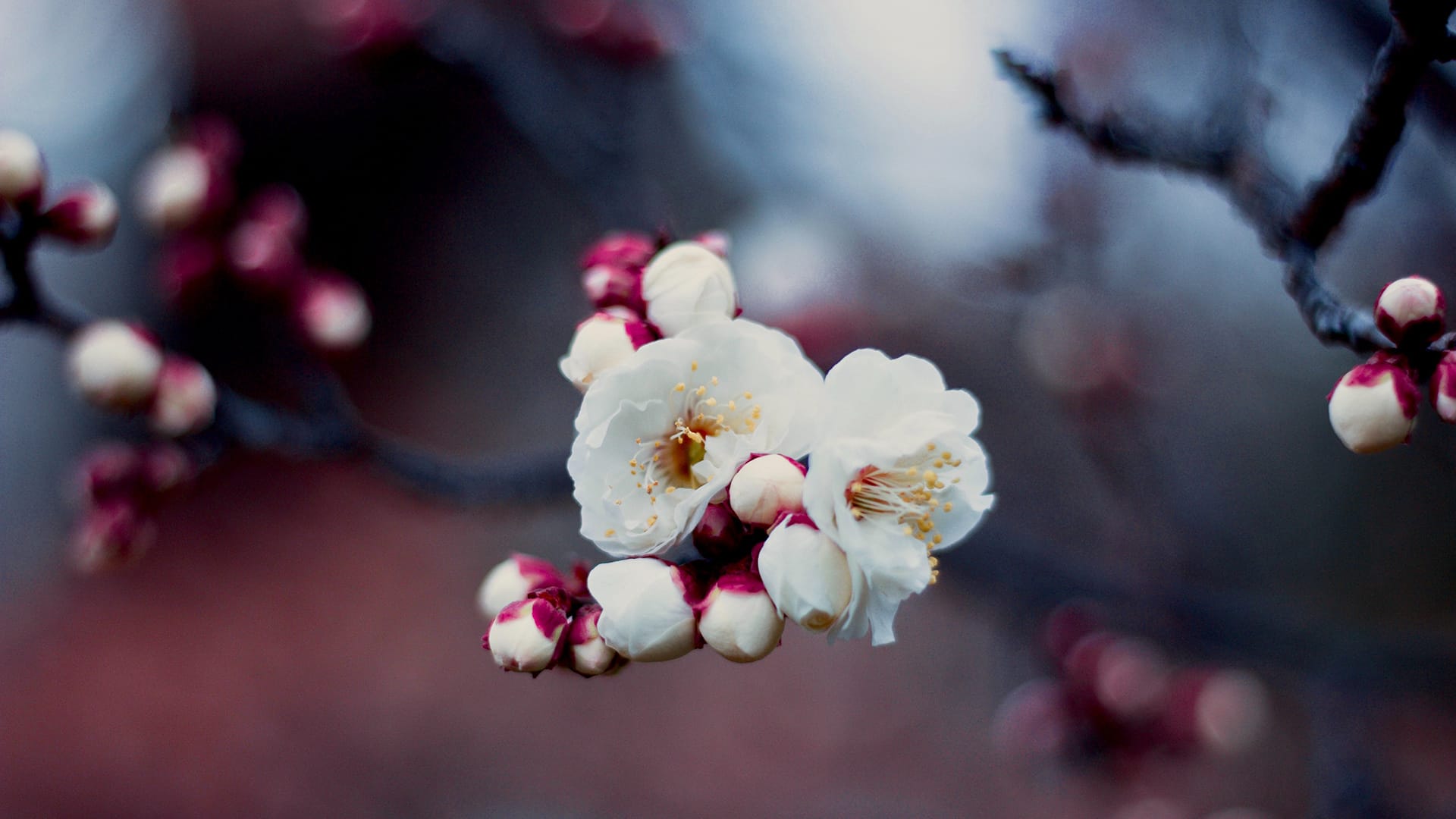Cherry trees are special and beloved for the beautiful pink flowers they sprout when they’re in bloom. So much so that it is a much anticipated national event in Japan by both locals and tourists. It’s a very short time period, however, usually beginning in late March and ending in early April (one to two weeks in all).
In just a few days, the flowers fully bloom and then fall to the ground to make way for a new cycle. Here are a few tips to help get you ready for cherry blossom photography and capture this incredible and fleeting phenomenon that heralds the arrival of spring.

You’re getting blind.
Don’t miss the best of visual arts. Subscribe for $9 per month or $108 $90 per year.
Already suscribed ?



